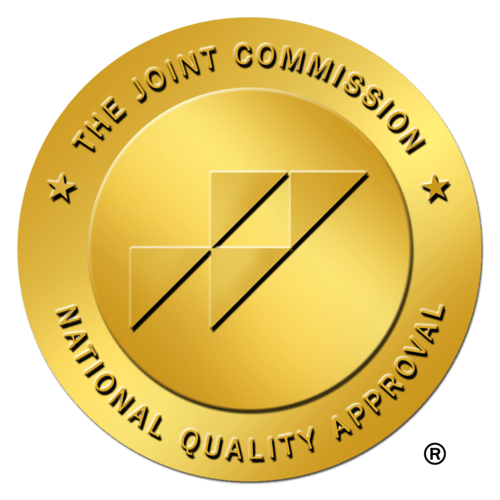
Pharmacy is a rewarding and essential profession within the healthcare system. Pharmacists play a critical role in patient care, ensuring the safe and effective use of medications. If you're considering a career as a pharmacist, this guide will provide you with all the information you need to get started, including the educational requirements, the time it takes to become a pharmacist, and the average salary in the United States.
Table of contents:
- How long does it take to become a pharmacist?
- Average salary of a pharmacist in the US
- Steps to become a Pharmacist
- Is Pharmacist the right role for you?
How long does it take to become a pharmacist?
Becoming a pharmacist requires a significant investment of time and effort. Here’s a detailed breakdown of the steps involved:
1. Earn a Bachelor’s Degree (4 years):
- Before entering a Doctor of Pharmacy (Pharm.D.) program, you’ll typically need to complete at least two years of undergraduate coursework, though many students earn a bachelor's degree.
- Courses should include subjects like biology, chemistry, physics, and mathematics, as well as humanities and social sciences.
2. Complete a Doctor of Pharmacy (Pharm.D.) program (4 years):
- Pharm.D. programs are offered by accredited pharmacy schools and take four years to complete.
- The curriculum includes coursework in pharmacology, medical ethics, therapeutics, and pharmacy law, along with practical experience through clinical rotations.
3. Licensing and exams (Variable time frame, typically less than a year):
- After earning a Pharm.D., you must pass the North American Pharmacist Licensure Exam (NAPLEX) and, in most states, the Multistate Pharmacy Jurisprudence Exam (MPJE).
- Some states may have additional exams or requirements.
- You’ll also need to complete a certain number of internship hours, which vary by state.
4. Postgraduate training (Optional, 1-2 years):
- While not mandatory for all pharmacists, some choose to complete a residency or fellowship to gain specialized experience.
- This is particularly common for those entering clinical or research-focused roles.
Total time expected:
- Without Postgraduate Training: Approximately 8 years (4 years undergraduate + 4 years Pharm.D. program)
- With Postgraduate Training: Approximately 9-10 years
Average salary of a pharmacist in the US
Pharmacy is not only a rewarding career in terms of helping patients, but it is also financially rewarding. Here’s a look at the average salary for pharmacists in the United States:
- Average Annual Salary: According to the Bureau of Labor Statistics (BLS), the average annual salary for pharmacists in the U.S. is about $136,030 (as of May 2023).
- Salary Range: The lowest 10% of pharmacists earn less than $89,980, while the highest 10% earn more than $168,650.
- Factors Influencing Salary:some text
- Location: Salaries can vary significantly by state and city. Pharmacists in California, Alaska, and Oregon tend to have higher average salaries.
- Experience and Specialization: More experienced pharmacists or those with specialized training can command higher salaries.
- Work Setting: Pharmacists working in hospitals or healthcare systems may earn more than those in retail or community pharmacies.
Steps to become a pharmacist
1. Research and prepare early:
- Start taking relevant science courses in high school and consider shadowing a pharmacist to gain insight into the profession.
2. Pursue undergraduate education:
- Focus on completing the necessary prerequisite courses and maintain a strong GPA.
- Participate in extracurricular activities and gain experience in healthcare settings.
3. Apply to Pharm.D. programs:
- Research accredited pharmacy schools and prepare for the Pharmacy College Admission Test (PCAT), if required.
- Complete the application process, which may include interviews and personal statements.
4. Complete the Pharm.D. program:
- Engage actively in coursework and clinical rotations.
- Develop relationships with professors and professionals in the field.
5. Pass licensure exams:
- Prepare thoroughly for the NAPLEX and MPJE exams.
- Complete any additional state-specific requirements.
6. Consider postgraduate training:
- Decide if a residency or fellowship aligns with your career goals.
- Apply to accredited programs and complete the additional training.
Is becoming a pharmacist the right career move for you?
Becoming a pharmacist is a journey that requires dedication, hard work, and a commitment to lifelong learning. With a clear understanding of the educational path and the rewards of the profession, you can embark on this fulfilling career with confidence. Whether you're just starting out or considering a career change, the role of a pharmacist offers both personal and professional growth opportunities in the ever-evolving field of healthcare.
Want to learn about other in-demand healthcare professions? Explore more professions with shifts offered through the CareRev App.





